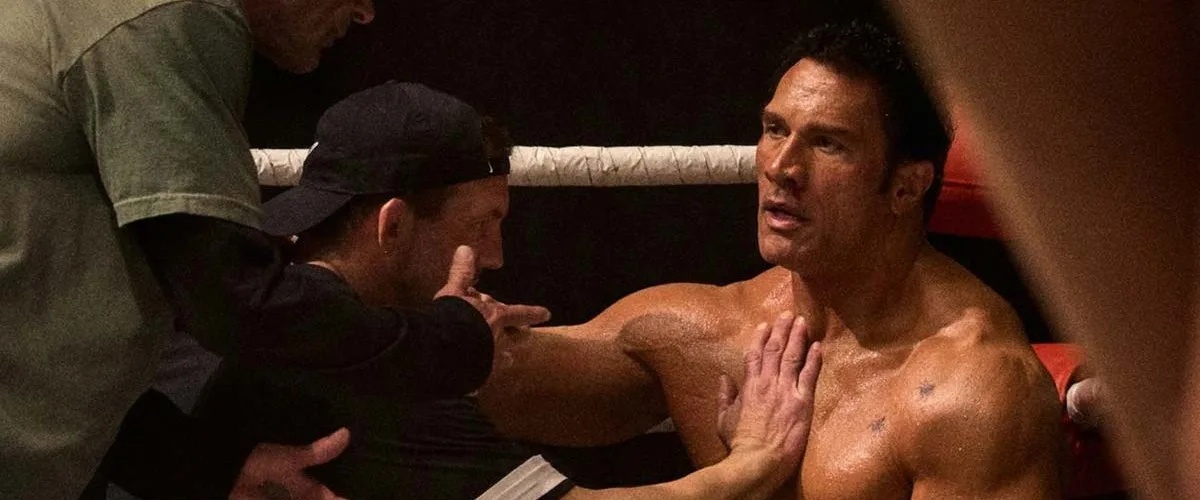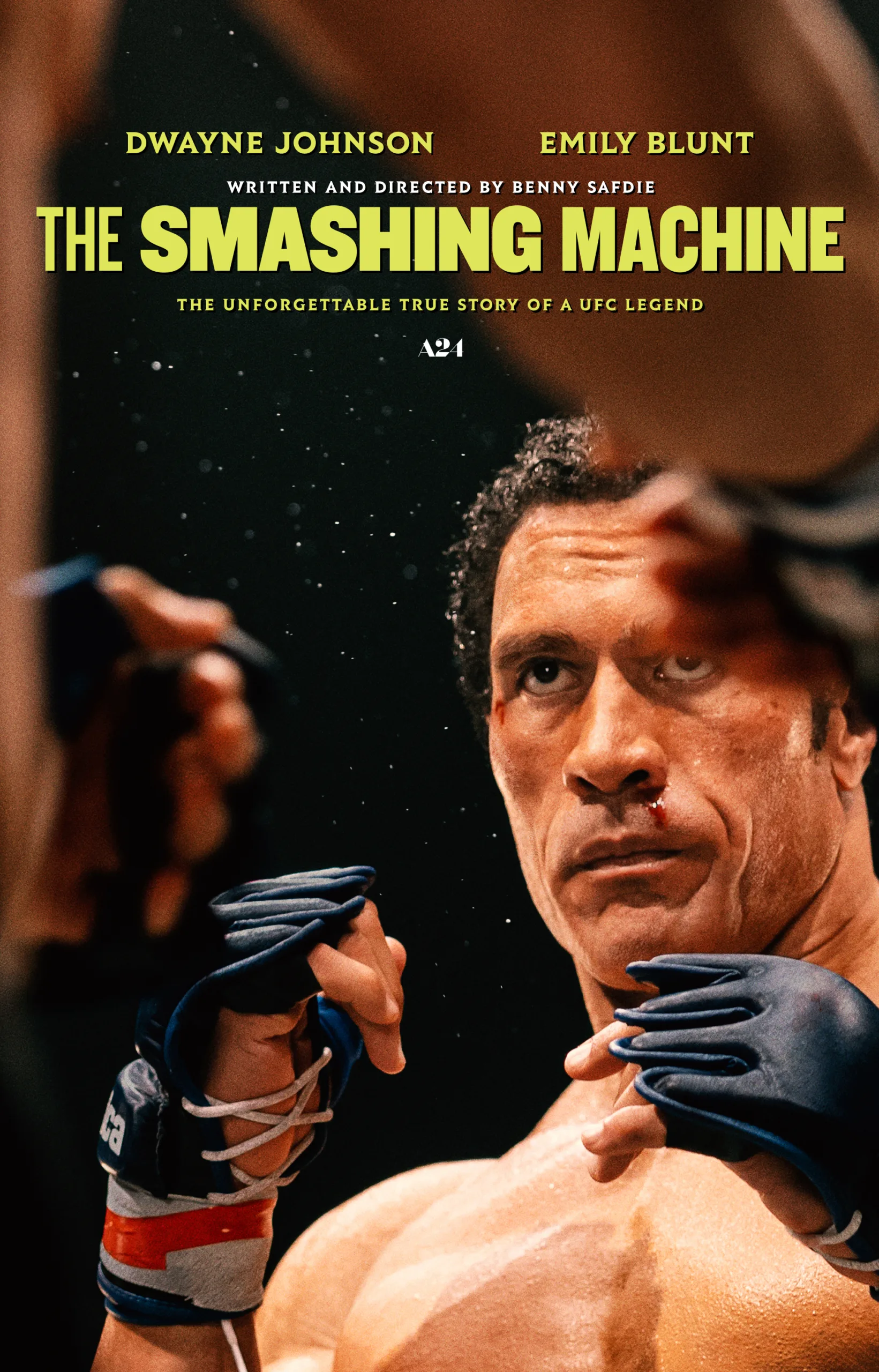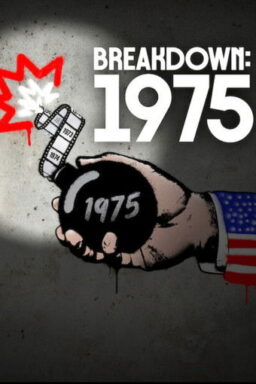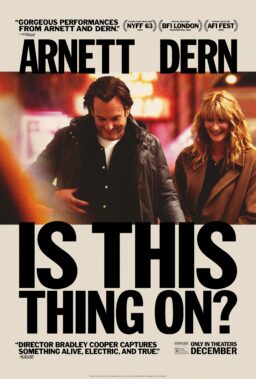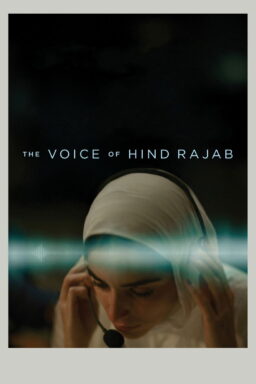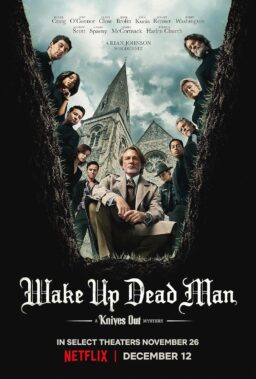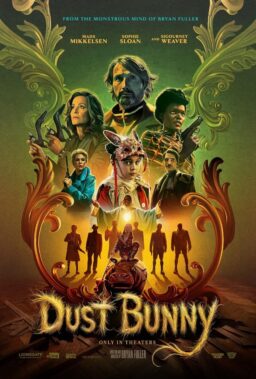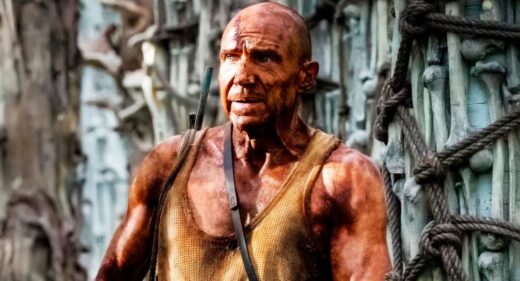Benny Safdie’s“The Smashing Machine” is an anti-biopic. It is very clearly an attempt by a filmmaker to make a sports movie that doesn’t lean into the expected clichés of sports movies. Whereas most films about sports icons reach for immersion, Safdie takes an observational approach. Notice that almost every fight scene in this film is shot from outside the ring, the ropes often breaking the image into chunks, or from above, giving us the POV of a camera instead of putting us into the action. Safdie also blankets his film in either pop/rock tunes or a non-stop jazzy score, both serving to remind you consistently that you’re watching a movie.
While sports films are known for pulling you in, this one actively pushes you away, something that even feels true about the meta casting of its leading man. Safdie knows you’re going to draw connections mentally from the wrestling days of Dwayne Johnson aka The Rock to this true story, adding another layer that calls attention to the artifice of it all. To what end? Why take Mark Kerr’s under-reported impact on MMA and turn it into a high-concept experiment? It doesn’t really “give Kerr his flowers” because Safdie doesn’t get detailed enough with his conditioning, matches, or training to give newbies a different appreciation. It creates a weird dichotomy in that the removal of all of the sports biopic tentpoles leads to a pretty slack tent, and when the required third act conflicts jump into the ring, they come off hollow instead of emotional. Still, through all of it, there’s a captivating central performance, and the sense that we haven’t really seen a sports movie like this before. Even if maybe there’s a reason for that.
Johnson plays Kerr with some heavy make-up—another showy choice that doesn’t hide The Rock as much as draw attention to itself—in the years 1997 to 2000. Safdie uses John Hyams’ (who gets producer credit here) “The Smashing Machine: The Life and Times of Extreme Fighter Mark Kerr” as the outline, opening with Kerr’s first MMA tournament in Sao Paulo. Fans of the currently robust sport will marvel at the lack of structure and profile it had in its early days, known more for its brutality than its athleticism. The UFC wasn’t popular enough to sustain Kerr’s ascension, leading him to fight in Japan with the Pride Fighting Championships.
In an early fight, an opponent uses a technique that the organizers explicitly said was illegal in the pre-match meetings. Kerr protests, leading to a no-decision, but the no-win sends him spiraling into his own demons, including addiction to painkillers and other drugs, something that’s enabled by the high-maintenance Dawn (Emily Blunt). Months later, Kerr has gone clean, but Dawn hasn’t. As that division threatens to tear his home life apart, his buddy Mark Coleman (Ryan Bader) is rising in the MMA ranks, leading to a potential showdown between the allies at the Grand Prix.
Safdie, who also wrote and edited, surrounds his two A-list stars with figures from the world of MMA, including not just Bader but Satoshi Ishii, James Moontasri, boxer Oleksandr Usyk, and even Bas Rutten as himself. It’s an aspect of “The Smashing Machine” that blurs the line between documentary and narrative feature, something that’s also reflected in Maceo Bishop’s unflashy cinematography, an approach that often plays out as if someone only had one camera in a locker room or to capture a domestic dispute. It’s the language of a doc more than a sports biopic.
And in the middle of this verité approach, there’s one of the biggest stars in the world. Safdie and Johnson know that fans are going to be drawing lines from the man who asked if you could smell what he was cooking to this version of Kerr and then to the real Kerr—in fact, that’s the point. You know all that fame that The Rock found? Mark Kerr deserved some of that too. To his credit, it’s not just stunt casting as Johnson does his best to disappear into the role, playing Kerr as remarkably soft-spoken, especially in the first half of the film. He’s the kind of guy who barely changes the temperature of his voice and then bursts into violence when challenged, destroying a door in one of the film’s most startling scenes. I wish Safdie and Johnson had explored more of this duality in Kerr, someone who seems genuinely childlike at times—he talks about his “sensitive tummy” and quietly complains about his specific smoothie formula—and then becomes, well, a machine.
When “The Smashing Machine” has to get to the big comeback fights and the at-home battles between Dawn & Mark, it loses some of its original flair. Although this too feels like it could be part of the point. Safdie loves to play with his viewers and their expectations in projects like “The Curse,” which was also shot by Bishop. There’s a reading of “The Smashing Machine” that interprets it as a similar provocation of the audience, a movie that eschews all of the traditional biopic beats for so long that their surfacing reveals their inadequacy. His final images are of the real Kerr, but even those are nowhere near what one has come to expect of the genre, highlighting his ordinary existence instead of putting him on a pedestal. Taking a performer who has lived at the heights of ring-based fame for more than half his life and connecting him to a guy who most wouldn’t recognize at the grocery store is an ambitious, admirable effort, even if I’m not sure one could truly call it entertaining.
This review was filed on September 8 from the Toronto International Film Festival. The film opens on October 3, 2025.

